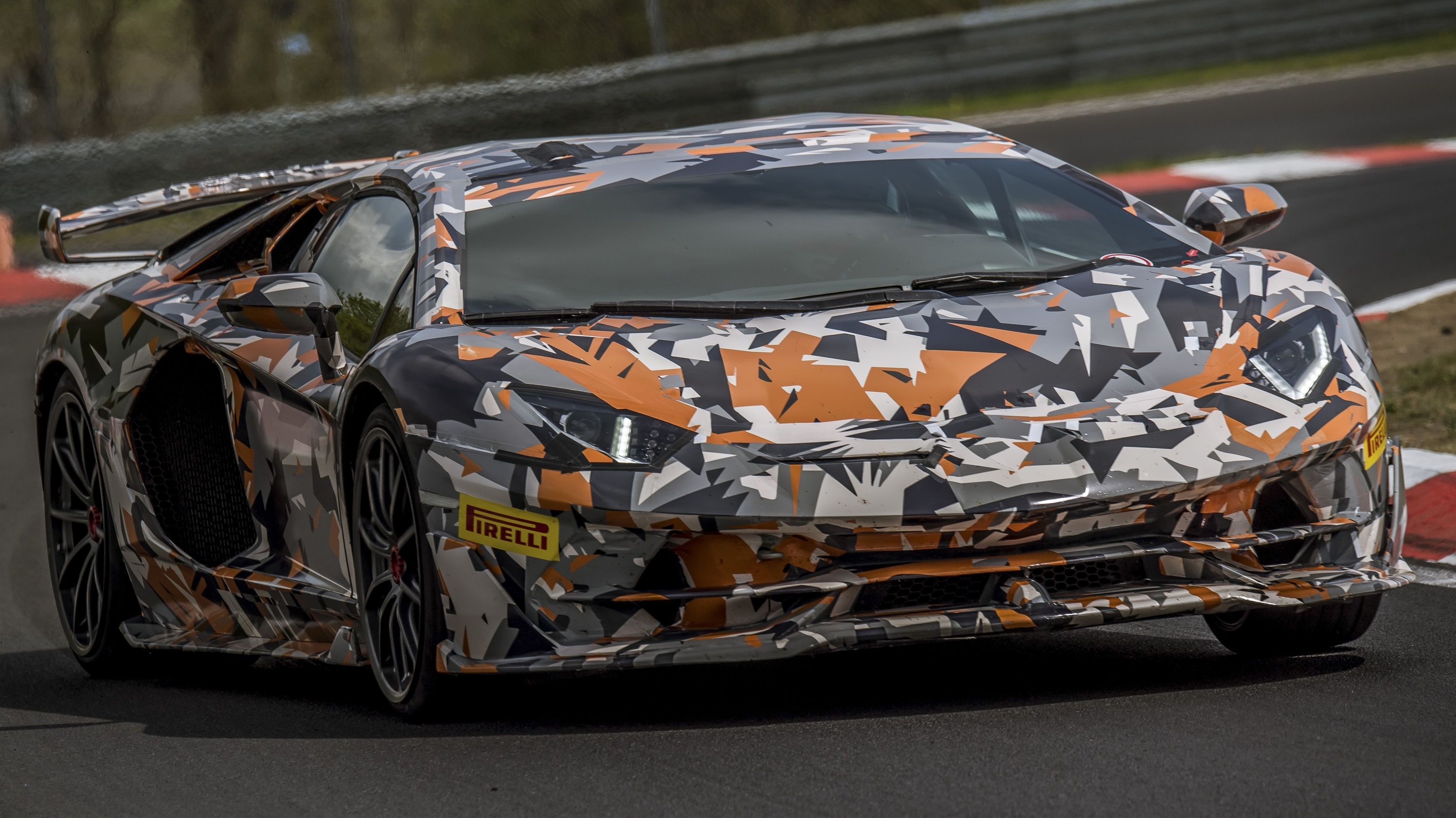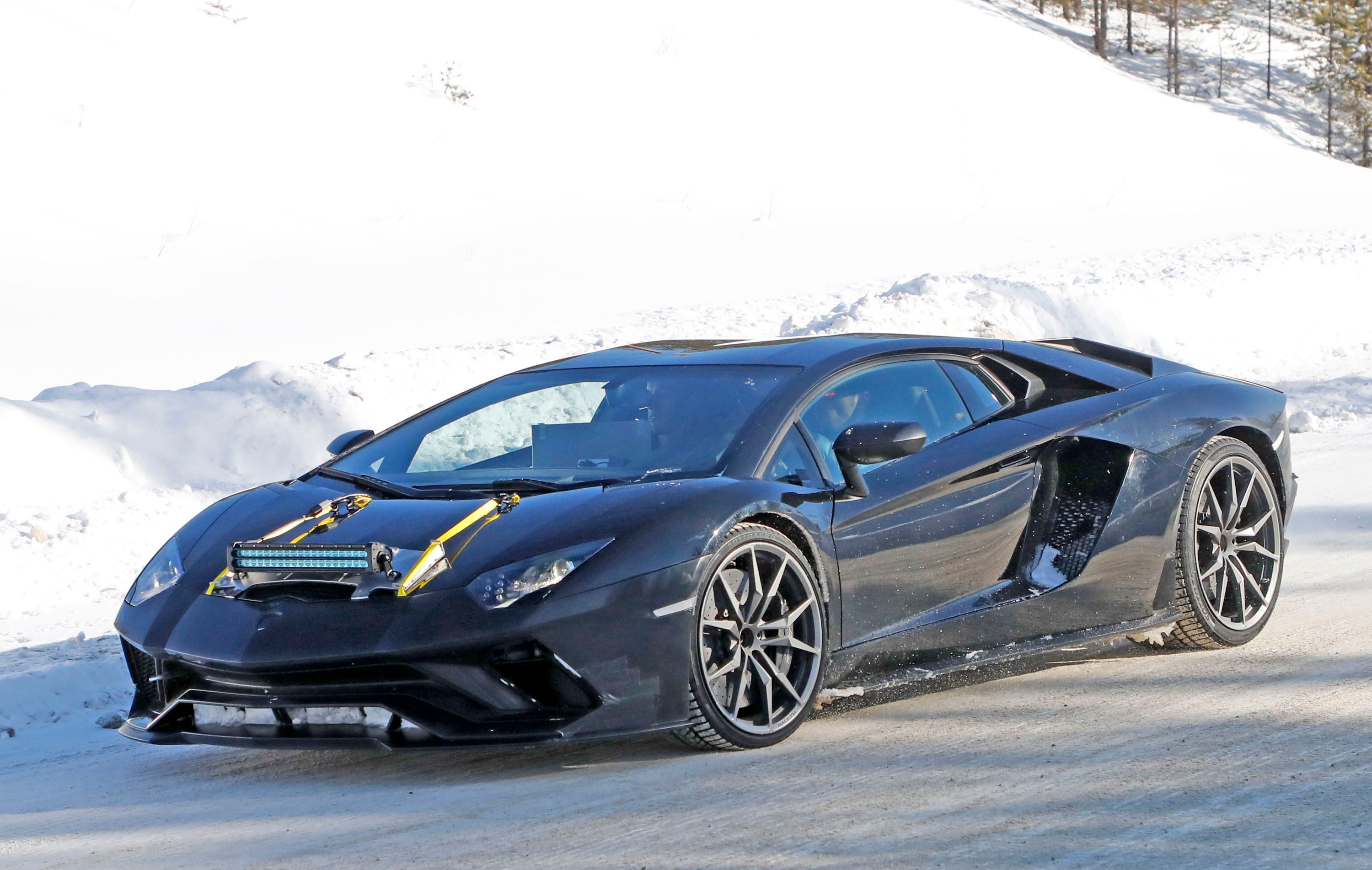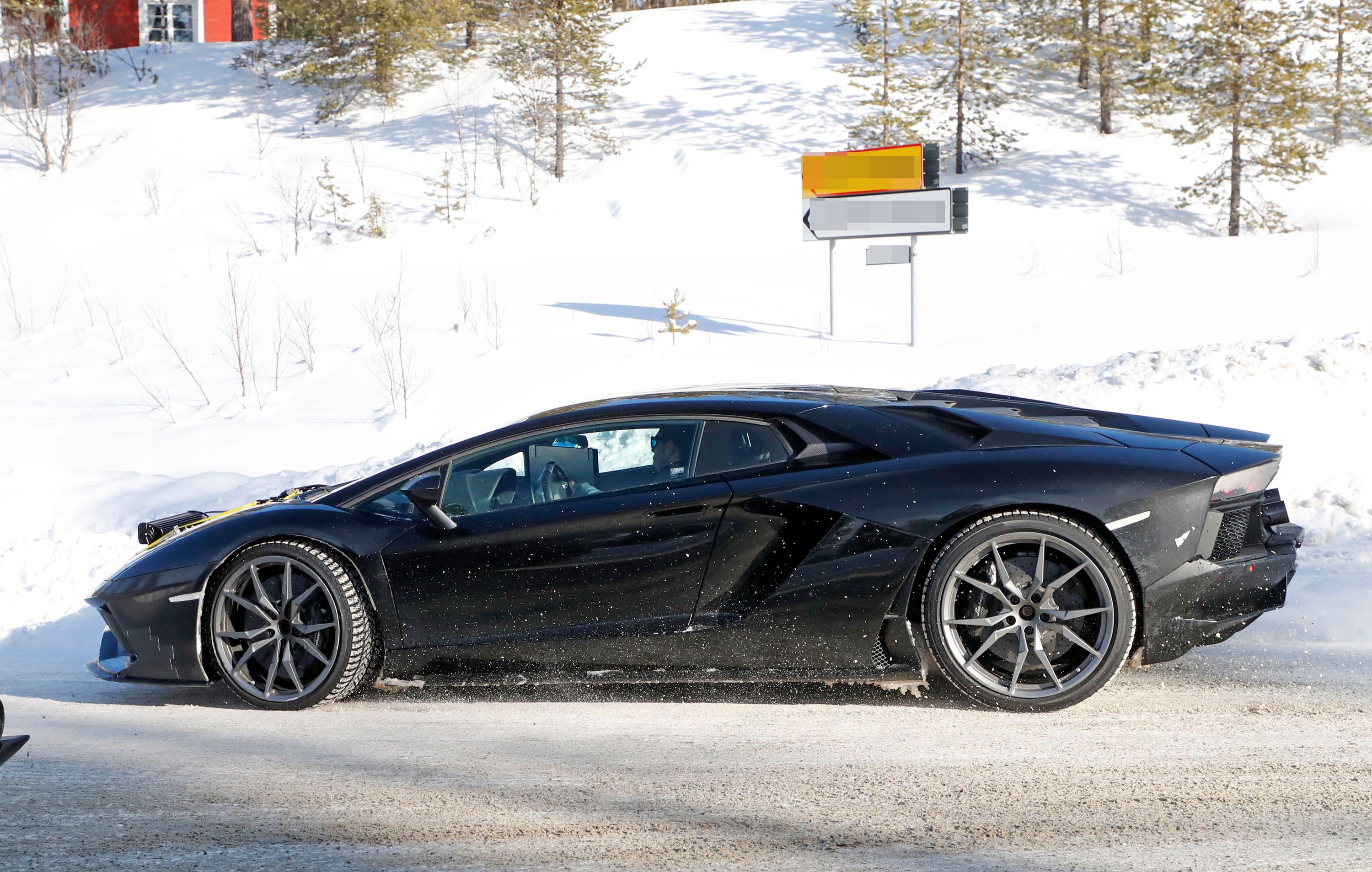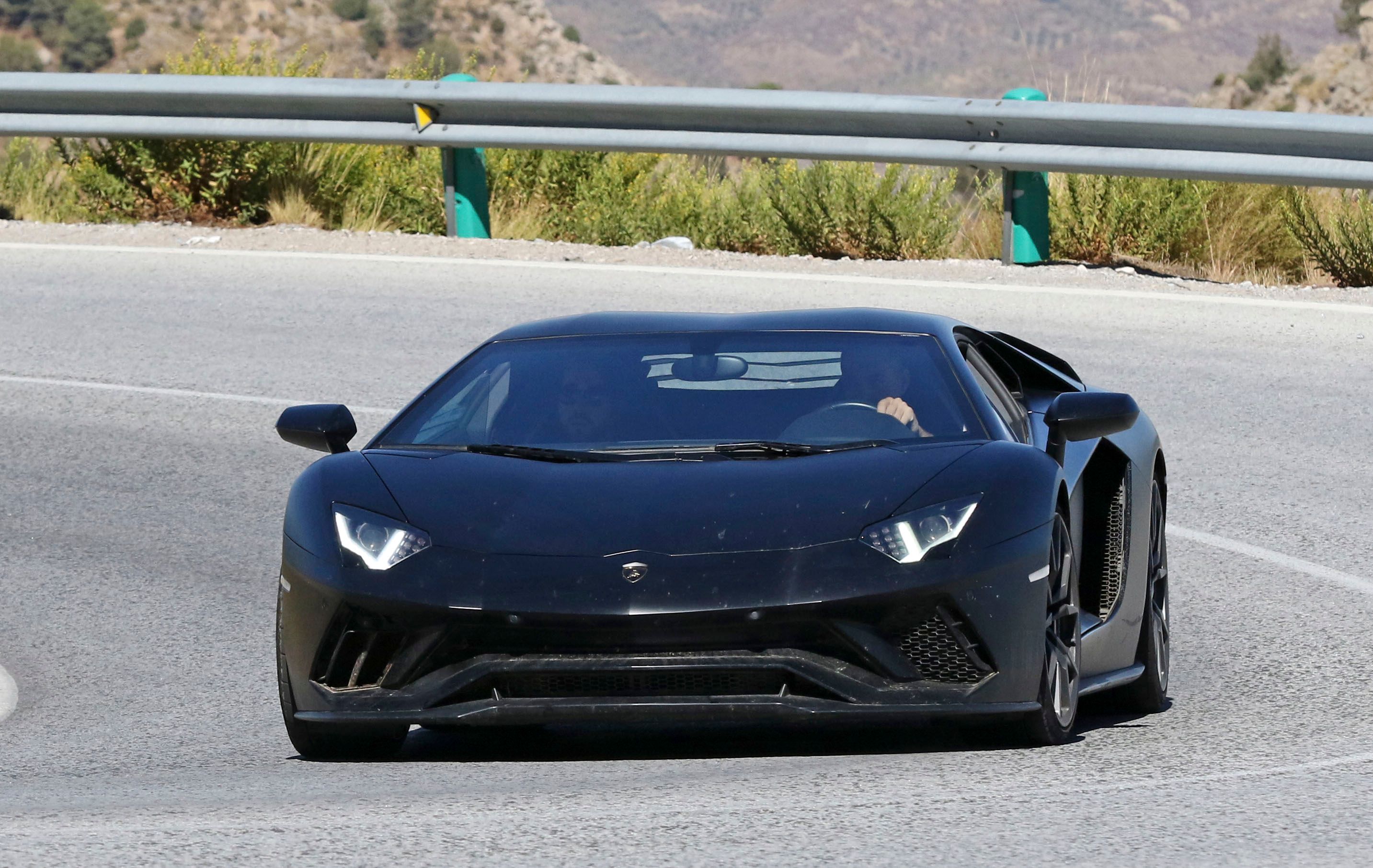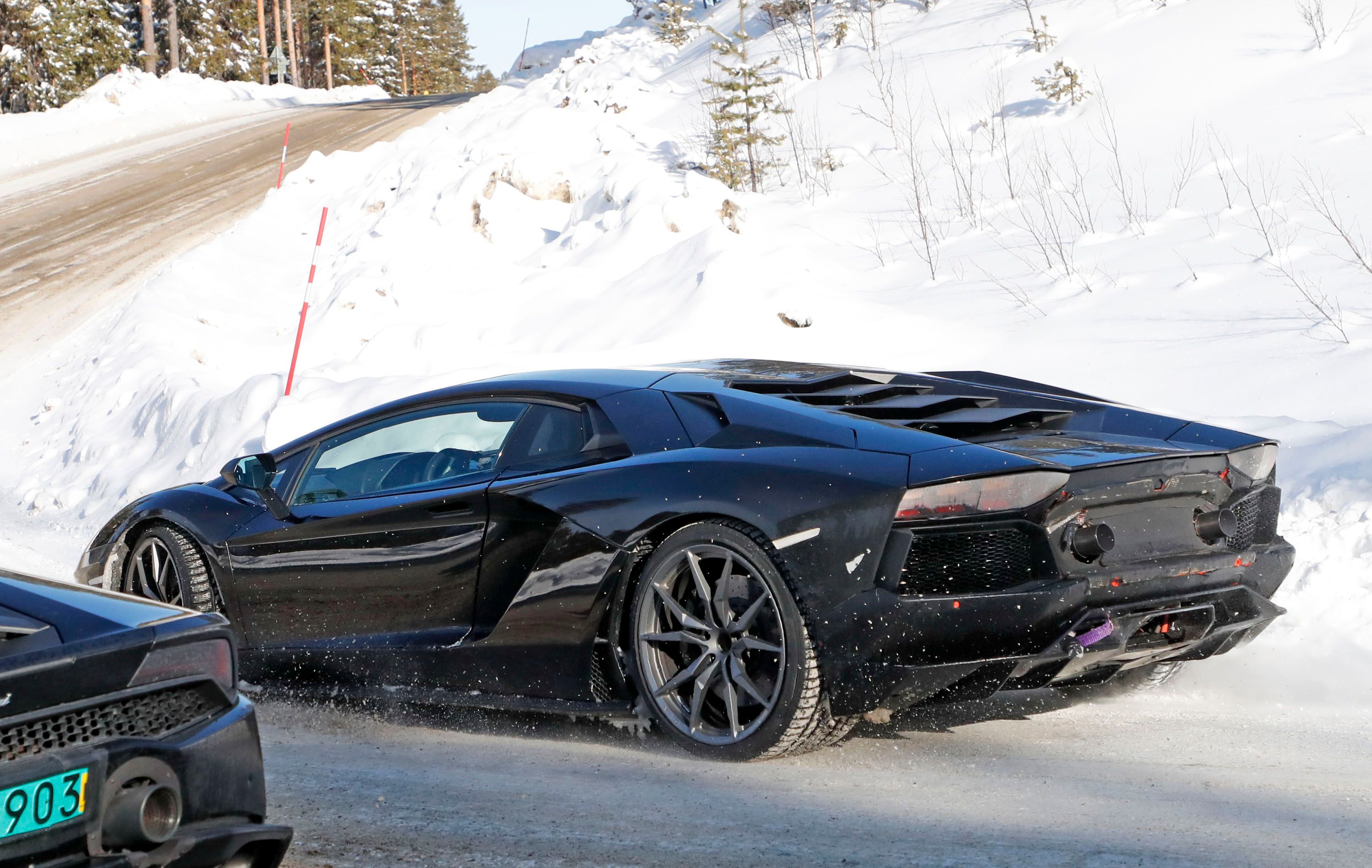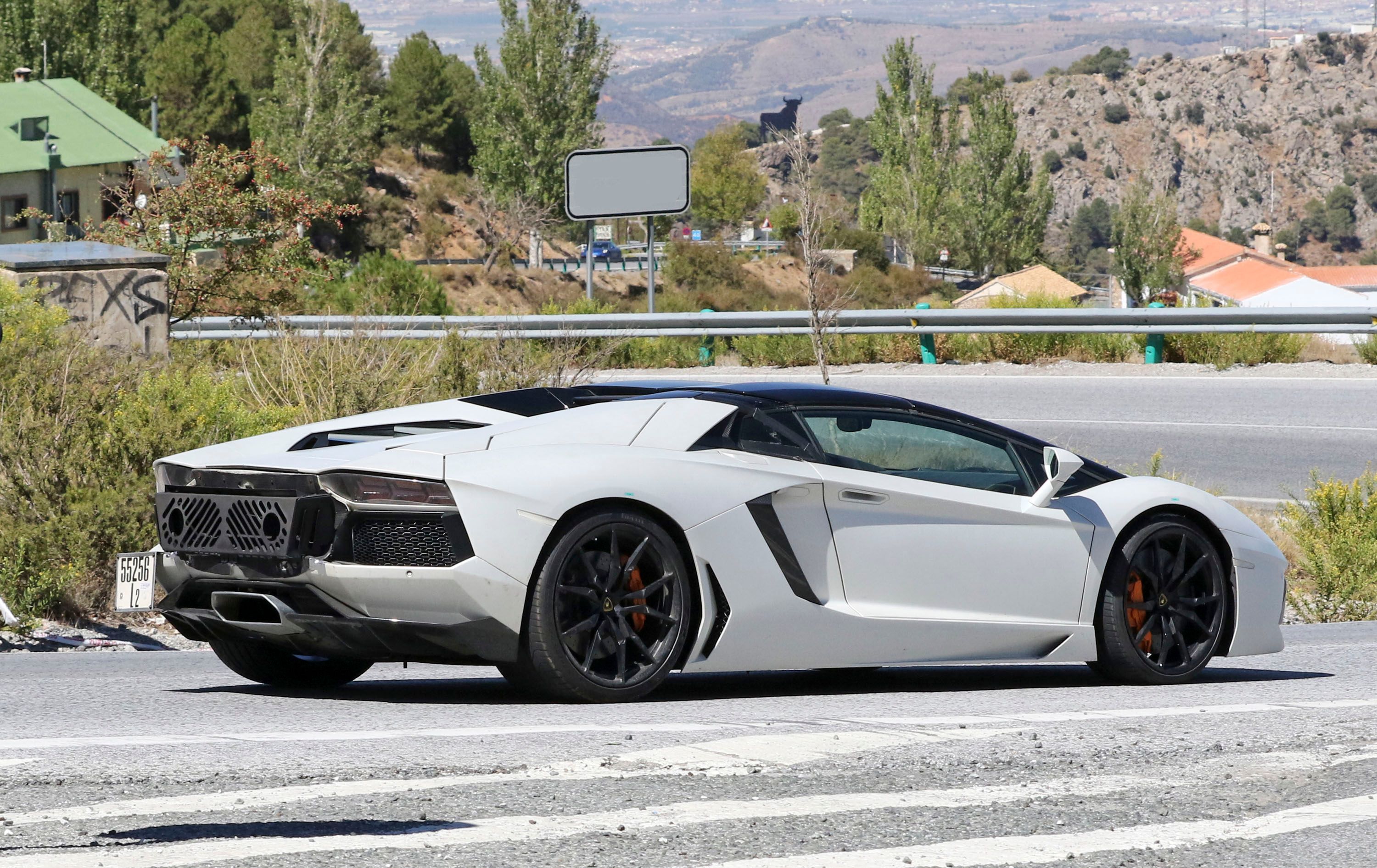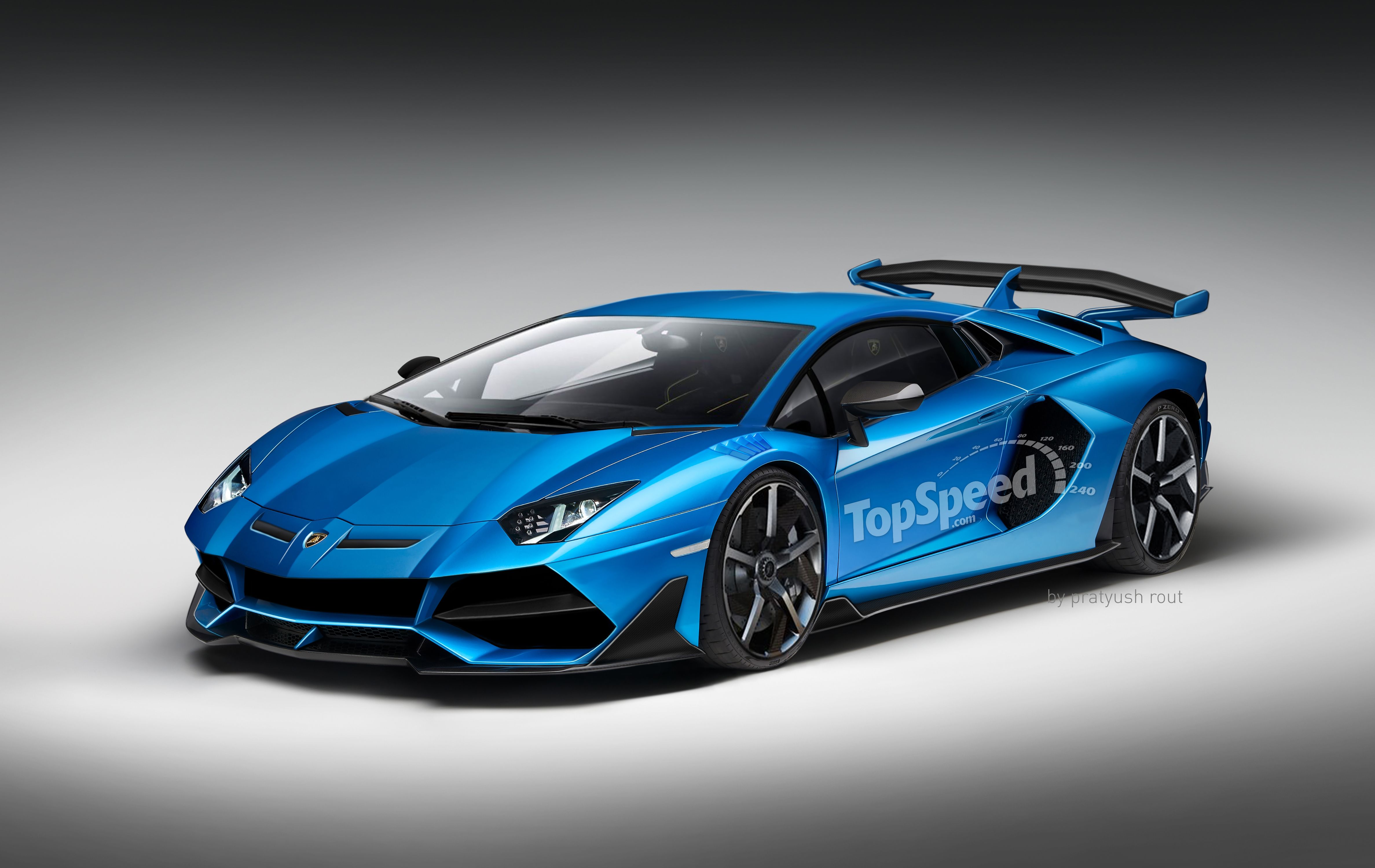The age of naturally-aspirated engines is slowly but surely nearing its end. Only a handful of supercar producers are seriously developing V-10 and V-12 beasts, with Ferrari and Lamborghini being at the forefront of that development. One of them only recently revealed the ultimate in terms of power, speed, composure, and dominance - the Lamborghini Aventador SVJ - the ultimate representation of everything Lamborghini stands for. We have seen glimpses of it stretching its V-12 over the Nurburgring more than once, with its last effort actually being the most incredible one. The Lamborghini Aventador SVJ has become the world's fastest production car to ever visit the Nurburgring.
To achieve such an extraordinary goal, the Lamborghini Aventador SVJ received a number of exceptional improvements over the previous best Lambo - the Aventador S and the Aventador SV. I am listing must-know facts about the stunning Lamborghini Aventador SVJ.
Lamborghini Aventador SVJ Is The Last Non-Hybrid V-12 Lambo
TopGear had the honor to talk to Maurizio Reggiani, Lamborghini's Head of Research and Development. Reggiani said something incredible - "This is the last time the V-12 will be on its own." Ladies and gentlemen, this is the ultimate in terms of power that Lamborghini will ever do with the 6.5-liter V-12. Lambo did not use these exact words, but what else can you infer from a sentence like that. Now, don’t think for a second that this naturally aspirated machine will cease to exist. No, no, no. Although powering the fastest Aventador to date, the V-12 will actually receive some sort of help. Electric at that. Probably scheduled for release in 2020, the Aventador replacement will sport a V-12, but it will be linked with some sort of hybrid electric propulsion. Considering the pace of supercars development, I would not be surprised if the combined total output of this mix reaches the levels of 1,000 horsepower.
Previously this year Lamborghini CEO Stefano Domenicali announced that Lamborghini is exploring different avenues of electrification. Apart from the “classic” hybrid setup with lithium-ion batteries, the company will try to adopt solid-state batteries. Some claim that they weigh less, offer more energy density, and provide an overall better solution for supercars. After all, Lamborghini is a pioneer when it comes to carbon fiber use, and every gram they can save translates to a millisecond less in terms of lap time. Having light batteries is the top priority.
Apart from hybrid options, Domenicali actually suggested that Lambo is experimenting with hydrogen fuel cells. Imagine having a hydrogen-powered Lambo. Although I personally do not believe that we will have feasible hydrogen cars even in 30 years, having some supercars powered by the technology could prove worthwhile.
It Owns The Nurburgring Lap Record
I remember one story about the time when Lamborghini set out with the Aventador SV to make a lap record at the Nurburgring. Apparently, they had only two or three laps to do this before someone from high up called and said, it’s enough. Thanks to corporate ideology Lamborghini did not have a chance to put the Aventador SV through its paces, because at the time, the Porsche flagship 918 Spyder had to be the fastest. And it was with a time of 6 minutes and 57 seconds. The Aventador SV was about 2 and a half seconds slower. I do believe that it could have been faster than the 918 Spyder if it was allowed to be. A lot faster. See, the new Aventador SVJ lapped the ‘Ring in 6 minutes and 44.97 seconds. How could Lambo make such a radical step up with the same car? Of course, they did improve the SVJ by quite a lot compared with the Aventador SV. But 15 seconds? C’mon. This only gives me more reason to believe the Aventador SV and the 918 Spyder ‘Ring time conspiracy.
Man, thinking about this issue feels like a first world problem, doesn’t it?
Nevertheless, the Lamborghini Aventador SVJ is the fastest production car to ever lap the Nurburgring. It is faster than the all-electric Nio EP9 with one megawatt of power that did it in 6 minutes and 45.9 seconds.
That is amazing.
I vividly remember when the Radical SR8 LM, a 1,500-pound British racing car, lapped the ‘Ring in 6 minutes and 48 seconds back in 2009. It was a Concord moment at the time. Now, not a decade later, a massive V-12 Lambo that you can actually purchase can do it faster. We live in a strange world, and I can’t help but ask myself, what, for the love of all that is sacred, can we expect in another ten years’ time.
One more sentence here - Ferrari, please send your gear to the ‘Ring.
Like the 812 Superfast. Wouldn’t that be the best day ever?
SVJ? What the heck is that?
The Lamborghini Aventador SV stands for the Lamborghini Aventador Super Veloce (super fast). The SVJ stands for the Super Veloce Jota. It is a designation sourced from 1970 when Lamborghini racing driver Bob Wallace designed the Lamborghini Miura Jota, a car developed specifically to be compliant with the FIA Appendix J regulations. Sure, the Jota sounds awesome, but it is just an Italian pronunciation for the letter J. Lambo did good with it, though. The Super Veloce sounds better than the Super Fast. Hear that Ferrari?
Obviously, in adding the J and not calling this car the Aventador Performante, Lamborghini managed to keep the exclusivity of the fastest Aventador at the highest. Plus, they did tie it with two important cars from Lambo history - that Miura I told you about and the Lamborghini Diablo S30 Jota from the Nineties. Obviously, this name has a rich heritage which deserves to be resurrected. What a better way to resurrect it than on the fastest Lambo of all time.
“The Aventador SVJ takes the Jota suffix, following the Lamborghini tradition for denoting a car’s track-focused talent. This new car is the convergence of Lamborghini technologies to produce a super sports car that transcends current performance benchmarks,” explained Stefano Domenicali, Automobili Lamborghini Chairman & CEO.
I can see the Jota becoming a rather special designation within the Lamborghini nomenclature. The Aventador successor could receive one version as well. In ten years.
What Is "aero vectoring" Active Aerodynamics
One of the most astounding tech innovations that separate the Lamborghini Aventador SVJ from the SV and the S is the so-called ALA active aerodynamic system. It is a similar system as the one Lamborghini used on the Huracan Performante. Crafting it specifically to increase downforce, but also to reduce drag, Lamborghini designers managed to improve downforce by 40 percent compared with the Aventador SuperVeloce. Considering that the Lamborghini improved downforce for the SV by 170 percent over the standard Aventador, I find myself thinking that the entry-level car did not have downforce at all. The Aerodinamica Lamborghini Attiva (ALA) 2.0 is an evolutionary step of the system previously presented on the Huracan Performante. In short, it allows the Aventador SVJ to achieve the best possible downforce and traction at all time.
Lamborghini managed to improve downforce at the front which was the main goal. Now, according to Lamborghini, the downforce between the front and the back is at 40:60 level instead of 20:80 of the SV.
The ALA system moves the flaps on the front splitter in order to increase or decrease front downforce. At the back, it channels air through the spoiler mounts and releases it, if needed, in order to produce air swirling effect thus lowering the downforce efficiency of the rear spoiler. Aston Martin has a somewhat similar system on its DBS Superleggera. Although, this one seems to be more effective as Lambo actually integrated a massive spoiler at the back.
Other changes to the aerodynamics include the integration of a much bigger diffuser. Lamborghini moved the exhaust pipes much higher thus making enough space for the integration of the new diffusor. It is a mandatory addition for a car that can achieve a top speed of more than 217+ mph.
But I still did not give an answer to the “aero vectoring” question. See, thanks to special flaps which, by opening or closing, enable air to move (or not) through the rear wing mounts, Lambo formed a system which can affect the downforce produced on each side of the car individually. So, just imagine cornering fast and increasing the downforce only for the inside wheels. It will increase the grip where it is needed the most.
Considering that the Huracan Performante and the Aventador SVJ both did incredibly well at the Nurburgring, I am sure that the system actually works wonders.
The Drivetrain
It is a 6.5-liter, V-12, similar to the one in the Centenario. That means 760 horsepower, with a power to weight ratio of 1.98 kilograms per horsepower. Do a little calculation, and we get a weight of 3,320 lbs (unconfirmed). Torque rose to 531 pound-feet of torque with the most of it actually available in the band from 4,750-7,500 rpm. This is a sweet spot as the Aventador SVJ takes a case of a really, really capable track toy able to smash the competition on any track. Having all the torque available in this range is just right.
The engine sends its power to all four wheels via a single-clutch sequential gearbox. Down there, Pirelli P Zero Trofeo R tires handle all the track tasks giving unprecedented levels of grip.
The Lambo Aventador SVJ seems like the ultimate toy grown out of sheer necessity for speed. Not only does it have firmer suspension setup compared with the SV, but it also sports a cool rear wheel steering setup to help with cornering tasks. This was the receipt for the creation of the fastest car to ever lap the ‘Ring:
-* 760 horsepower, V-12
-* All-wheel drive
-* All-wheel steering
-* The smartest active aerodynamic package you could possibly imagine
-* Stiffer suspension compared even to the likes of the Aventador SV
-* Extremely quick sequential gearbox (faster than double clutch units)
-* I presume less weight than the Aventador SV (it tips the scales at 3,900 lbs)
Conclusion
The Lamborghini Aventador SVJ is the latest in the line of awesome Lamborghini cars powered by naturally aspirated engines. It is also the last one to be offered with a pure, raw V-12, so writing about it feels as writing about some great poet, or inventor. This car will, most certainly, become a part of history and a machine desired by the car collectors of the world.
Further Reading
Read our full review on the 2019 Lamborghini Aventador Performante.
Read our full review on the 2018 Lamborghini Aventador S.
Read our full review on the 2015 Lamborghini Aventador Super Veloce.
Read more Lamborghini news.

